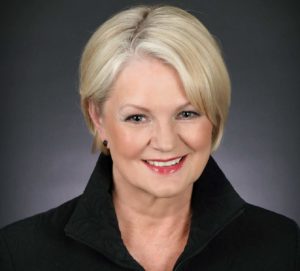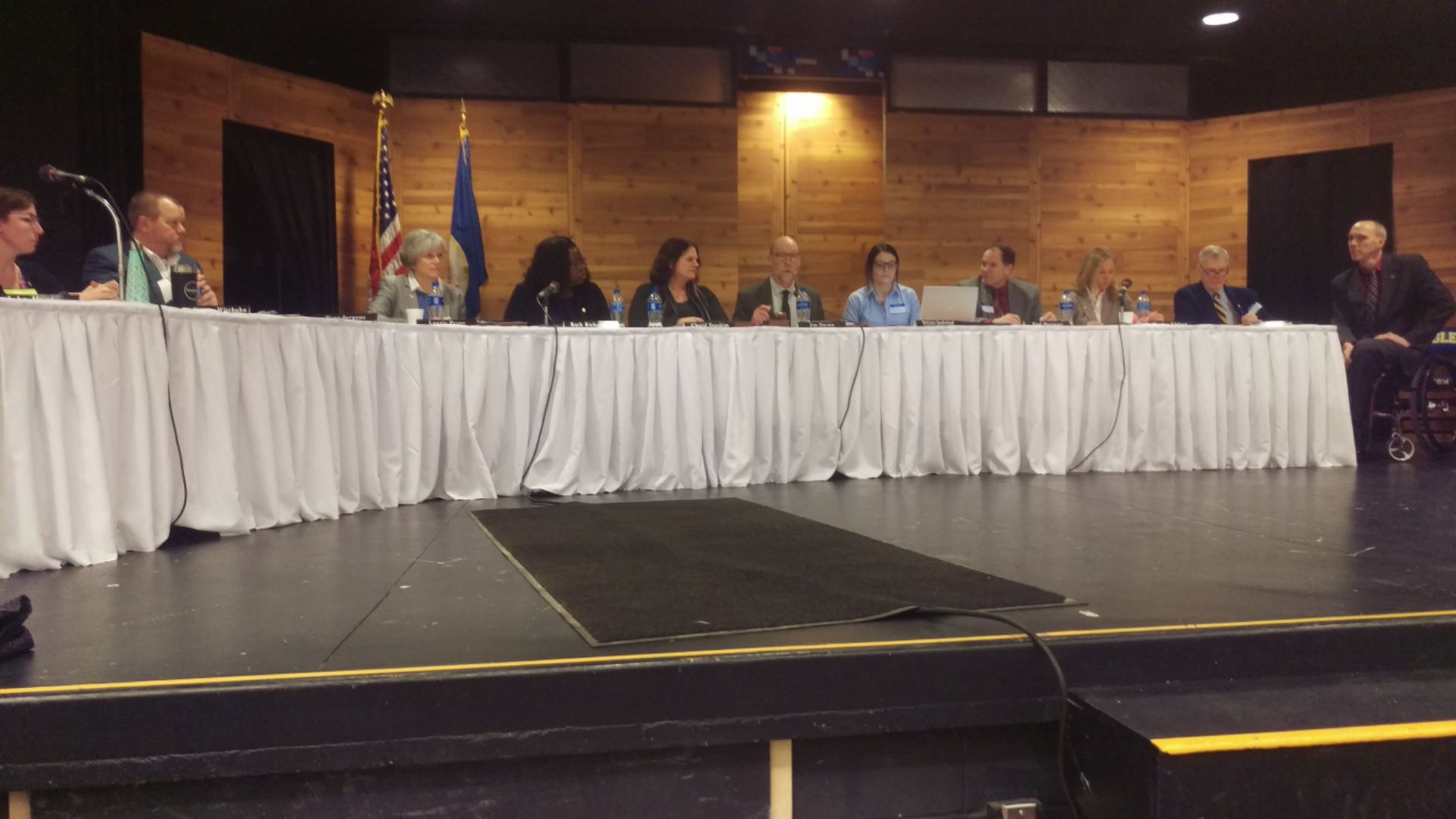Next year, MREA will celebrate its 35th year of advocating for Greater Minnesota schools. MREA’s long-time executive and legislative director Vernae Hasbargen will be leading the planning efforts, reaching out to members to gain insights and ideas.
 Hasbargen led MREA from 1990 until 2007. Prior to joining MREA, she was a school board member in Breckenridge, Minnesota. She current serves on the nonprofit board for MinnPost, the public policy advocacy group Growth & Justice and and the political action committee of Planned Parenthood.
Hasbargen led MREA from 1990 until 2007. Prior to joining MREA, she was a school board member in Breckenridge, Minnesota. She current serves on the nonprofit board for MinnPost, the public policy advocacy group Growth & Justice and and the political action committee of Planned Parenthood.
This Friday — March 1 — will mark the 34th anniversary of MREA’s first meeting of its founding Board of Directors.
Since then, MREA has grown to 231 school districts representing about 245,000 students in Minnesota. MREA’s membership also includes state education districts, education cooperatives and a variety of supporters associate members.
To prepare for the 35th anniversary celebration, MREA is asking members to share what they recall a major milestone in MREA’s history.
Passionate about rural education and being a part of MREA’s journey, Hasbargen shared a few of the milestones that she recalls:
- Initial grassroots organizing around closing the funding gap for rural students led to a formalized MREA structure and the hiring of its first executive director in 1987.
- Sally Tobey’s cutting-edge research and testimony on the gap between the 5th and 95th percentile student in 1989 formed a winning case in the lawsuit against the State of Minnesota. This resulted in equalization of referendum and debt service levies by the Legislature in 1991 and 1992, making those levies easier to pass in rural communities with low tax bases.
- Tobey’s research on the Compensatory formula in 1997 changes the formula from AFDC (Aid to Families with Dependent Children) to Free and Reduced Lunch, giving significantly more revenue to rural students and further closing the funding gap.
- Legislative leaders create financial incentives to bring small rural school districts together through C&C, with districts first cooperating and then consolidating. Additionally, six newly combined communities receive state bonding money to build new secondary facilities during Governor Carlson’s administration.





